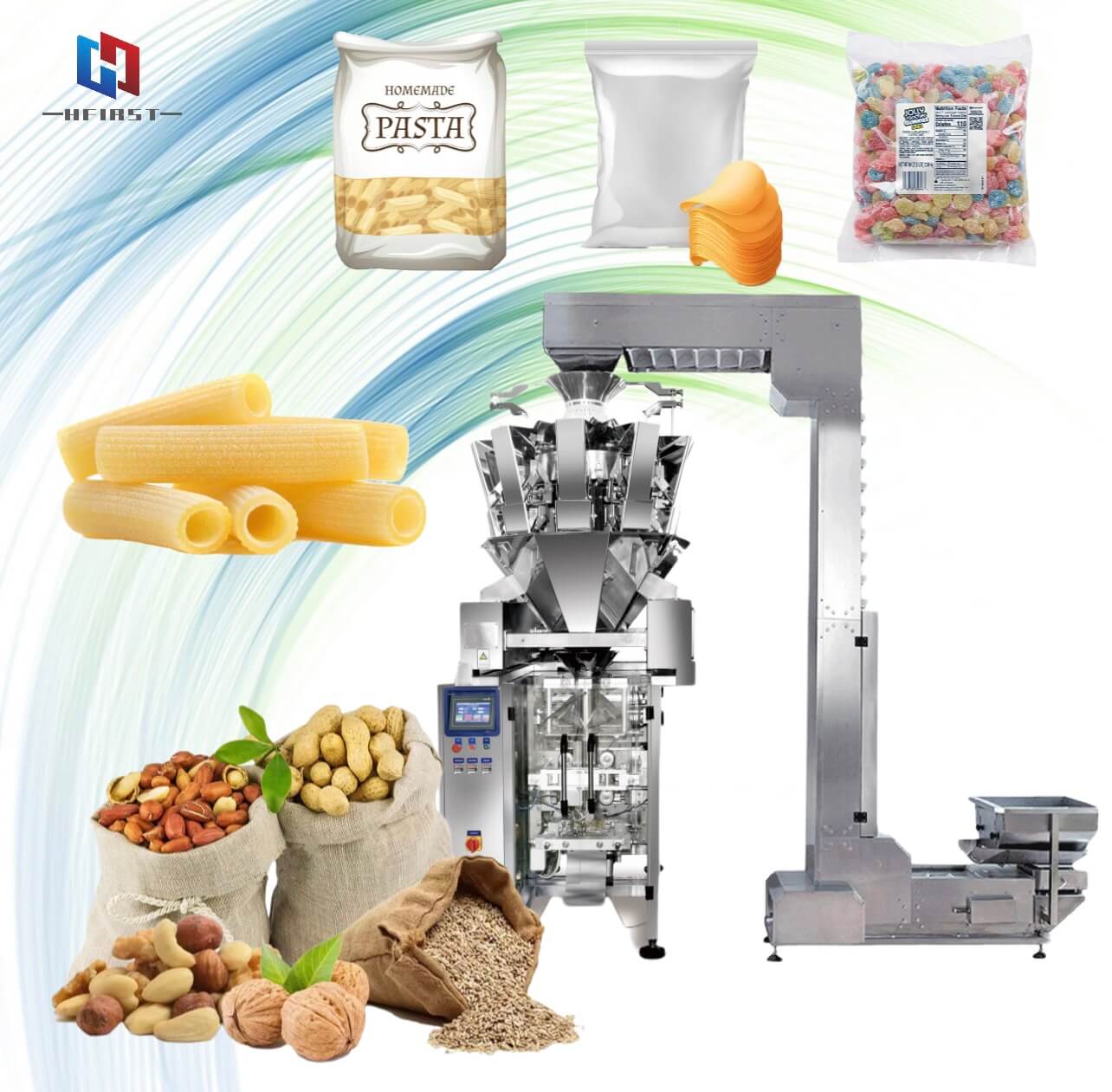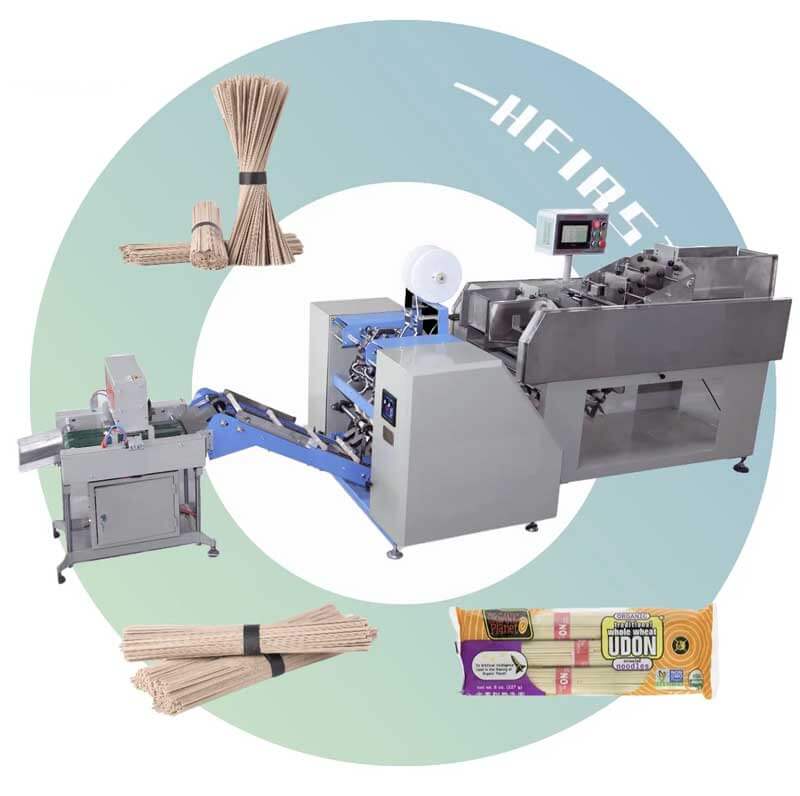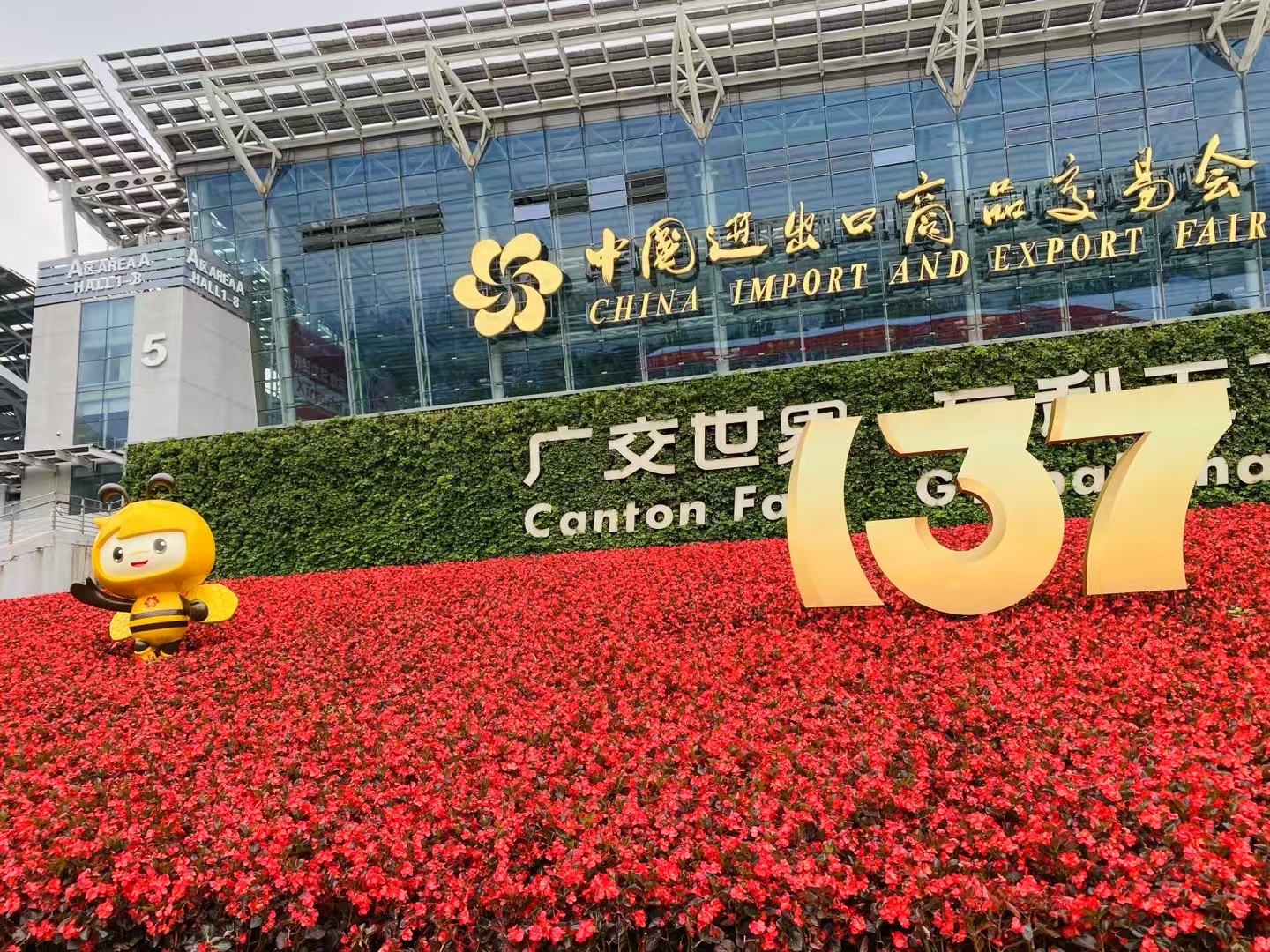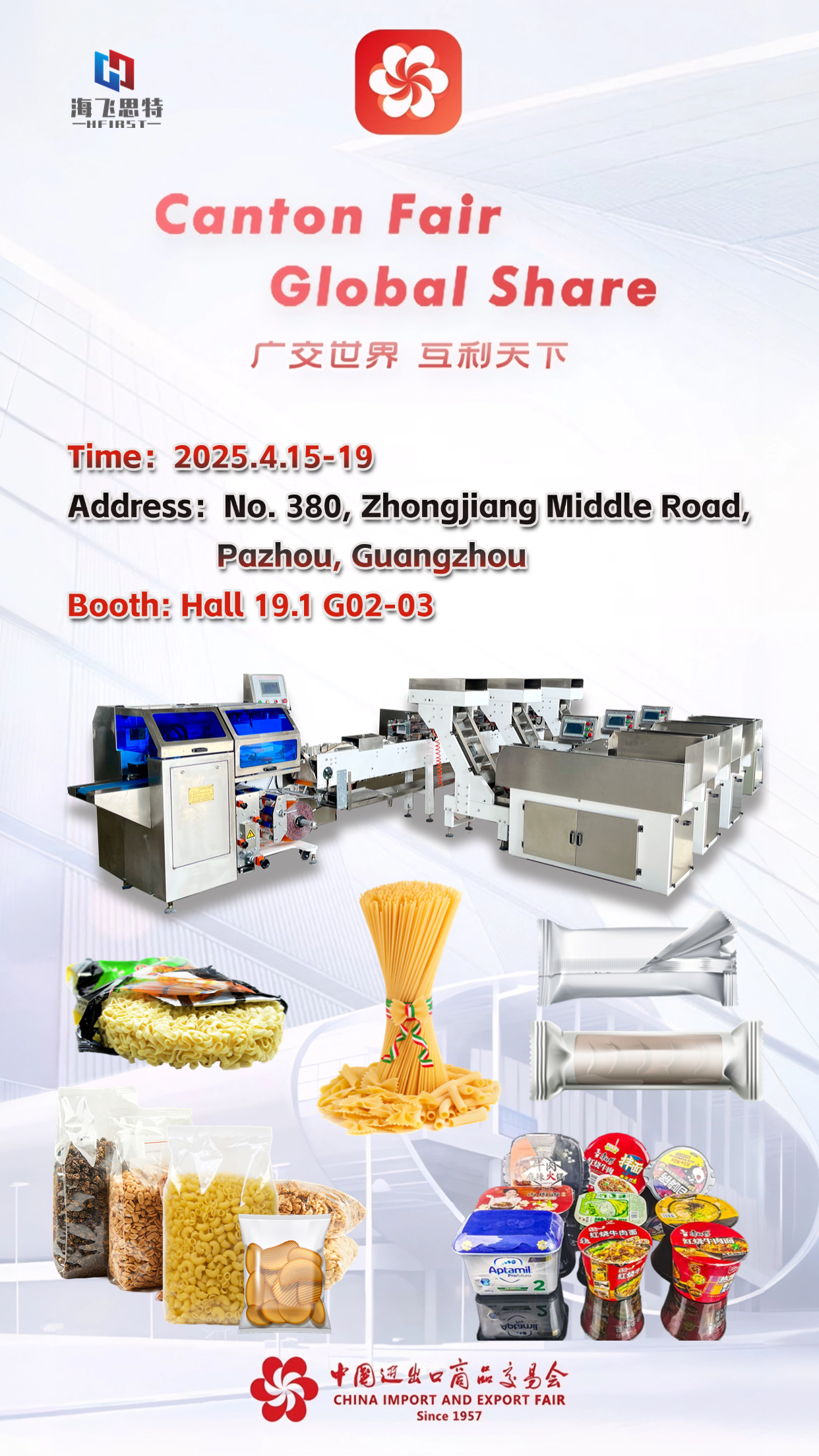How to Choose the Right Packaging Equipment and Supplier
2023-07-12
Choosing the right packaging equipment and supplier can make or break a project. There are so many different variables that it can be challenging to find the exact equipment and support that will meet your needs for now and for the future. Here we have outlined some things to consider when evaluating your options.
1. Work with qualified & reputable suppliers.
Do the suppliers you are considering have a solid installed base and have they demonstrate the ability to deliver successful systems on this or similar applications?
2. Has the prospective supplier performed a thorough audit?
Since there are several different packaging methodologies, packaging platforms, and material options, it is beneficial to first have a complete assessment of your current processes and how it can be improved upon or potentially scaled up. If you are embarking on a new product or new line, its best to work with a team who can offer you guidance, expertise, and complete understanding of your needs for both now and in the future. This requires comprehensive communication between operations, marketing, purchasing, engineering, and the prospective supplier.
Before committing to a supplier be sure you have shared a drawing of your facility and the equipment they are proposing fits on your manufacturing floor. If there are limitations, it’s best to understand them early on so that solutions can be developed
3. Be specific in your requirements
Be as specific as possible when sharing your requirements so that suppliers can develop options for your project. They should be a reviewing your RFQ with a fine-tooth comb and indicating clearly where they can meet it and where it may be necessary to adjust. You are embarking on what should be a long lasting a relationship therefor accuracy and completeness are imperative. With this information the supplier will start to consider various options that could potentially meet your needs. Some obvious questions that need to be answered upfront.
1. What is your run speed requirement? How many packages per minute? Do you expect the need for increased output in the future?
2. What type of environment will the equipment operate within? (ex. refrigerated manufacturing, clean room, ambient space.)
3. Define your package requirement – ex. MAP and if so, what is the required residual? Have you selected materials & material suppliers?
4. Sanitation requirements? (ex. identify IP rating for wash-down, sloped panels, standoffs, 3A, UL, CSA, etc.)
5. Do your products require specialty trays, films, inserts? Supply .DWG & .DXF, .STP, photos & samples if they already exist.
6. Compare long term operating cost vs. initial purchase price. Lower initial cost does not translate into lowered total cost of ownership. (TCO)
7. What languages are required on HMI’s?
8. Is your plant standardized on a controls/automation system?
4. Is the equipment robust enough to withstand full production?
Before acquiring a packaging machine, you should consider its longevity. Be sure your supplier provides you with an understanding of how the equipment is built. Frequently packaging machines have a number of moving parts and a robust design will help minimize the effects of vibration over time. Vibration can create problems with metal fatigue, stress fractures, bearing issues and loose wires resulting in excess downtime and increased parts replacement costs. Ask about other considerations that will ensure the lines holds up in both wash down environments and rigorous cleaning. Ask for historical spare parts costs from like-kind manufacturers and equipment to estimate parts expenditures annually. Do your homework; ask other trusted professionals about their experience with the equipment AND the supplier. Additionally, ask for expected efficiencies of the line – a good partner will offer this readily.
5. The need for flexibility.
Some plants have dedicated equipment for each SKU, while others change over frequently. Be sure the equipment you are reviewing meets and exceeds your current needs. Often companies are stuck with a one-trick-pony that does not have the ability to change from one size to another of one methodology to another (map, skin, vacuum). Take the time upfront to determine if this purchase could ultimately new business for you.
6. Consider the changeover.
Changeover is the process of converting the machine or complete automation line from running one product to running a different product. This factors into your TCO and downtime. Consider whether the equipment manufacturer taken the time to design and develop methods to decrease the time needed to change over belts, films, trays, materials, infeeds, programming, buffers, etc. Simplicity of changeover will lead to higher uptime efficiency and shortened training time for operators.
7. Is the supplier a good candidate for a long-term partnership?
An equipment purchase is much more than an exchange of money for goods, it is declaring a commitment to a long-term collaboration between two organizations. Packaging and automation equipment can continue to produce for upwards of twenty years so you should select a supplier who strives every day to help improve your bottom line. Does your selected vendor offer preventive maintenance plans? Are you confident that they can get a service technician on site quickly if needed? Can they help troubleshoot remotely? Have they built in training to the installation? Can you get training periodically as your turnover rate may be relatively high? Do they have an inventory of equipment should we need something quickly? What is their on-time delivery percentage on spare parts? Answers to these questions should help make the decision clearer.




